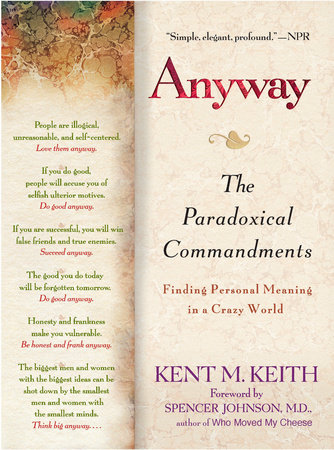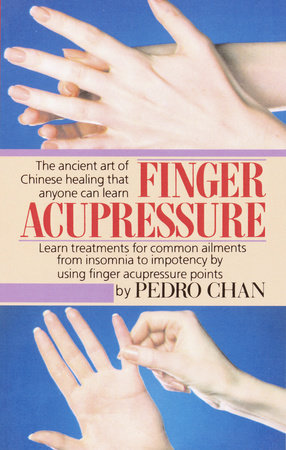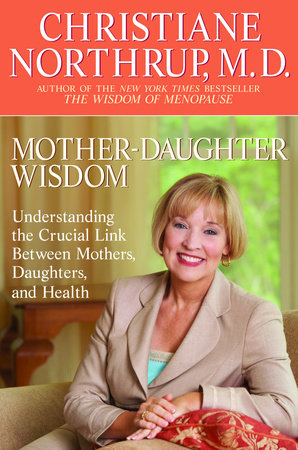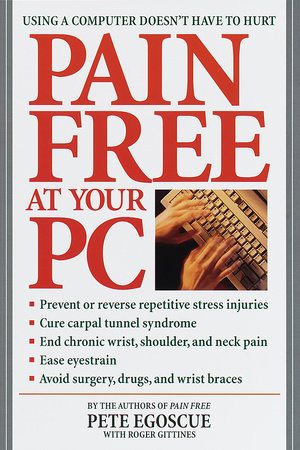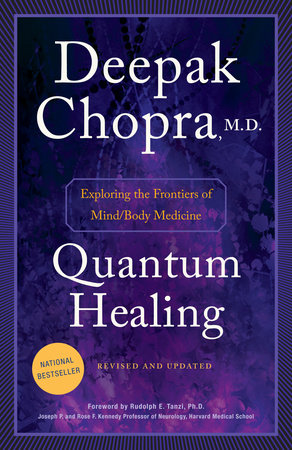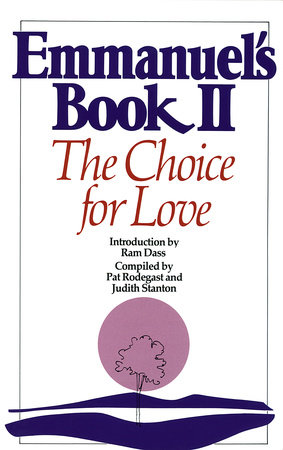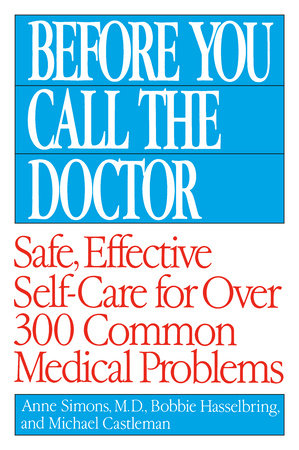A Conversation with Dr. Christiane Northrup, author of WOMEN’S BODIES, WOMEN’S WISDOM
Q) What is different in women’s medicine now versus when the first edition of Women’s Bodies, Women’s Wisdom came out in 1994?
When the book first came out, most people were not aware of how intimately their health was affected by their environments, thoughts, emotions, diet, activity, and so on. And so writing down the truth of women’s actual experiences and the effect of them on their health was shocking to many. And not at all mainstream. Now women are more informed about their medical options. And natural foods, yoga, and exercise are more popular than ever. Furthermore, women are far more apt to embrace the mind/body connection and the effect of patriarchy on their overall health. Those who resonate with the message in the book no longer feel like lone wolves or freaks.
At the same time, today there are very, very distrurbing trends in women’s health–driven by Big Pharma–that are very troubling to me. One of those would be vaccinating pregnant women for the flu and also DPT–there is absolutely no data to support this. And vaccines contain adjuvants that have been poorly studied when it comes to their effect on a developing fetus.
Q) You call this the post #MeToo edition of Women’s Bodies, Women’s Wisdom. What do you mean by that?
A) Back in the 1980’s and 90’s, my patients sometimes told me stories of their sexual and emotional abuse, rape, and even incest. And I saw how seamlessly these histories were associated with the diseases of their female organs. But back then, if a woman had chronic pelvic pain or severe PMS, or a host of other problems, she was often considered hysterical or abnormal in some way; certainly the OB/GYN literature wasn’t addressing what I was hearing and seeing. Doctors couldn’t find the “germ” or hormone disorder or “the cause.” But the “cause” was almost always related to the emotional distress of her abuse–something she had been taught to cover up and not talk about. This was so common. And I began to see that until a woman made the connection between her life and her health, she wasn’t likely to get and stay well. This experience is what led me to write WBWW in the first place! Yet my colleagues insisted that they weren’t hearing or seeing what I was; they “only saw normal women.” Hence I was labeled as the doctor whose patients were nutty. And I walked on egg shells in the hospital where I worked…waiting for the next shoe to drop given that my own colleagues didn’t believe what I was seeing in my daily practice. Moreover, they made fun of my approach using natural medicine where possible instead of drugs and surgery.
But I persisted. I discovered that once a woman felt safe to tell her real story, and have it validated and witnessed, deep healing was possible. And so–when the Harvey Weinstein story first hit the news in October of 2019, I was transfixed. Finally! Someone was believing women. The truth was arising. And then the #metoo movement emerged. And the rest is history. And so now I am no longer personally afraid to share what I know to be true–and doing the revisions in such a new climate of support was exhilarating.
Q) How has your approach to food changed since the first edition? There was a lot of microbiotic theory in the first edition. How about now?
A) I saw miracles of healing with microbiotic eating–probably because it was based on whole organic food. But over time, I saw that a microbiotic diet is not for everyone. Some people do best on a raw vegan diet, others need meat. Some do well with intermittent fasting. The bottom line is that whatever diet you choose, it’s ideal if it is mostly whole food that is organically sourced when possible.
Q)You’ve changed your opinion on soy. Why is that?
A) In short: most soy isn’t what it used to be! Indeed, most of the soy now grown in the U.S. is genetically modified. Besides that, food manufacturers have started putting this type of soy in so many foods that people have become over-exposed to it–and in the wrong form. I still recommend traditionally prepared soy sauces and/or eating organic soy because the research on the benefits of soy isoflavones is very robust.
Q) Way back in the early 2000’s, you came out on the Oprah Winfrey show as being against the HPV (human papillomavirus) vaccine. How do you feel about it now that it is required for adolescents in some states?
A) I’m still against it. This particular vaccine was fast tracked amid a great deal of controversy back when it was introduced. And given that 90% of all HPV–even the so-called high risk types–is cleared by the immune system within two years, this vaccine never made sense to me. And the vaccine has never been proven to prevent cervical cancer (or head and neck cancer for that matter–which is why it is given to boys). Now here we are years later and we’re finding that cervical cancer rates in young women are increasing–despite being vaccinated. Worse yet, the vaccine has been associated with making girls infertile. And there have been deaths and lifelong disabilities associated with this vaccine. Given that the risk of cervical cancer with regular pap screening is so low, why take the risk?
Q) What is your opinion about some of the essential nutrients you stress like Vitamin D and iodine?
A) There is more and more evidence that these two nutrients are essential for health. In the 1990’s, doctors were afraid of giving too much vitamin D. Now the pendulum has swung and we’re finally realizing that most people need more, not less. Iodine is also in short supply in our foods. And it is absolutely essential for healthy breasts and thyroid. There are extensive new sections about these two nutrients in the updated version.






